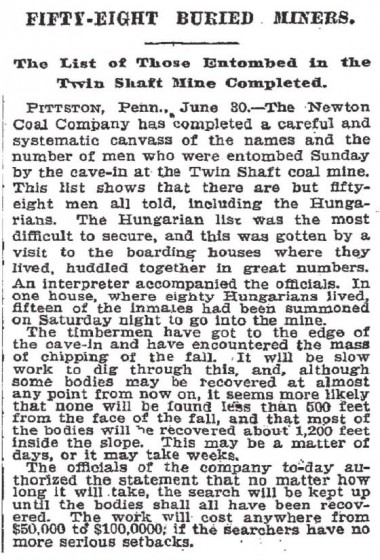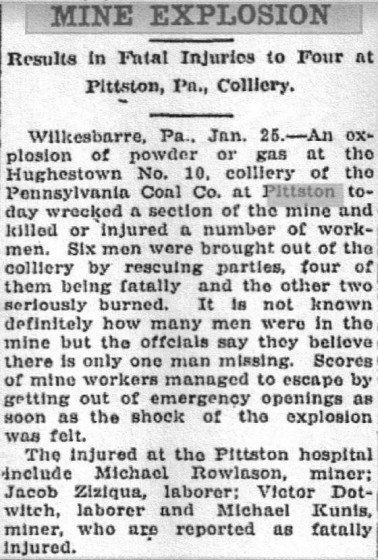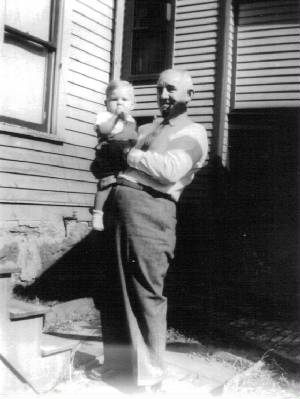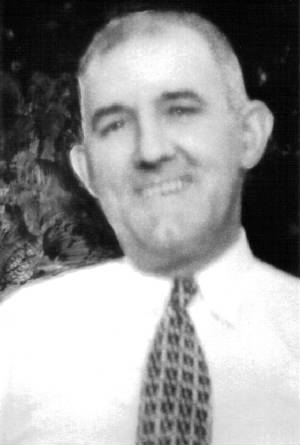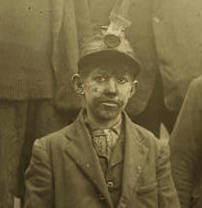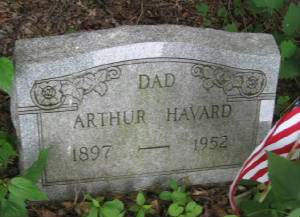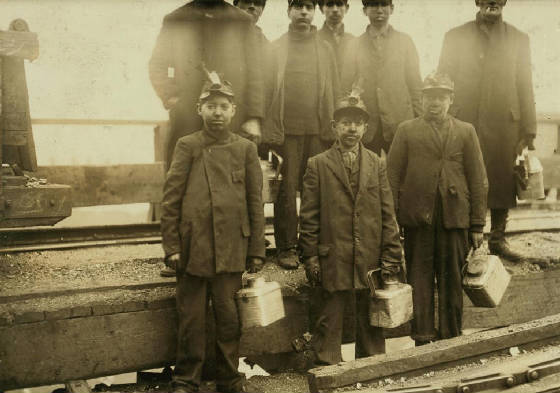
Lewis Hine caption: Arthur Havard, a young driver, Shaft #6, Pennsylvania Coal Company. Location: South Pittston, Pennsylvania, December 1910.
“Looking at the Lewis Hine photographs and learning what they meant has caused me to have an even higher regard for him. Just to be reminded of where he came from, and that from his humble beginnings, he became solidly middle class and well thought of in the area.” -William Havard, grandson of Arthur Havard
“My sweetheart’s the mule in the mine
Down below, where the sun never shine,
And all day I just sit
And I chew and I spit
All over my sweetheart’s behind.”
-traditional folk song
In the last days of December 1910, and the first days of January 1911, Lewis Hine took 44 photographs of mine workers in Luzerne County, Pennsylvania, one of the centers of the industry in the state. Many of those photographed were “breaker boys,” whose pictures are among the most famous and compelling images in Hine’s catalogue. But children employed in other coal mining occupations were, of course, exposed to equally dangerous and unhealthy conditions. Arthur Havard was a mule driver.
According to the website of the Mine Safety and Health Administration, a federal Department of Labor agency:
“The job was usually held by an older boy in his early teens. The mule driver traveled all through the mine coupling full cars together and leaving an empty car behind in the work chamber. The boy started out with one mule and then worked up to a six-mule team. When he was able to drive a six-mule team, he was given a man’s wages. The mule driver sat on the front bumper of the coal car and used his voice to direct the mules. If the mule was stubborn, he used a black snake whip. A good mule driver was respected by both the miners and bosses. He had no problem obtaining a job as a miner when he was older.”
In 1913, the Northwestern Reporter (Northwestern University law journal) noted an appeal of a lawsuit decision that had denied the claim of an injured mule driver. The court subsequently ordered a new trial.
“The plaintiff was employed as a mule driver in the defendant’s coal mine. He was a driver of experience, and had been at work in this mine for several weeks. On the day in question he was caught and crushed between the top of the load on his car and the cross timbers supporting the roof of the entry at that point. He charges such injuries to the negligence of the company, in that, first, reasonable care on the part of the company required it to so construct and maintain the entry as to afford a passage of at least five feet in height to enable the driver to safely pass under with his mule and car, but that said roof, at the point where this injury occurred, was constructed or maintained at a height of but four feet; and, second, that due and reasonable care as aforesaid required that the company make such entry of sufficient width to afford room between a moving car and the rib of the entry for the escape of the driver in case it became necessary for him to jump from the car, but said entry, at the point in question, was so narrow that the driver could not escape from the car without being crushed against the rib.”
“He states that at the time of his injury he was driving his mule with a loaded car through the entry which was without light of any kind, except such as was afforded by the miner’s lamp or candle attached to his cap; that, in accordance with the custom and his duty as driver, he was standing with one foot on the bumper of the car, and the other on the tail chain, one hand resting on the top of the car, the other on the rump of the mule, and his body bending low between the mule and the car to avoid collision with the roof timbers, when the mule began to kick, and, as plaintiff lifted himself up to avoid injury from the vicious animal, his head came into contact with the low place in the roof, forcing him back on top of the loaded car, thus wedging him between the load and the roof, whereby he was severely injured.”
“Upon this pleaded state of facts, and alleging that he did not contribute to his injury by his own negligence, he demands a recovery of damages. The defendant admits that plaintiff was injured in its mine, but denies all allegations of negligence on its part. It alleges further that plaintiff was guilty of contributory negligence, and that he was fully aware of the conditions of which he complains, and assumed the risk of remaining in such employment.”
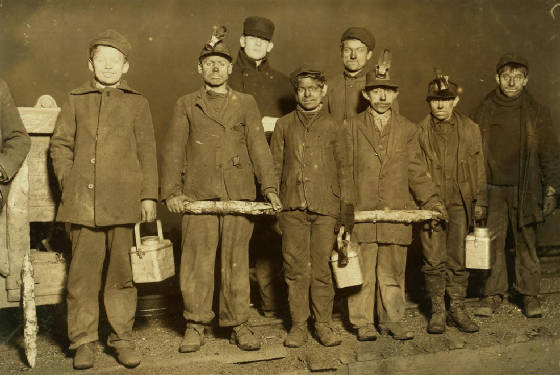
Lewis Hine caption: At the close of the day. Just up from the shaft. All work below ground in a Pennsylvania Coal Mine. Smallest boy, next to right hand end is a nipper. On his right is Arthur, a driver, Jo on Arthur’s right is a nipper. Frank, boy on left end of photo, is a nipper, works a mile underground from the shaft, which is 5000 Ft. down. Location: [South Pittston?], Pennsylvania, December 1910 (or January 1911).
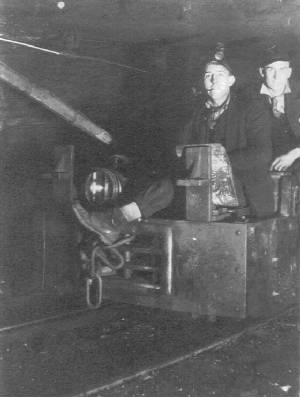
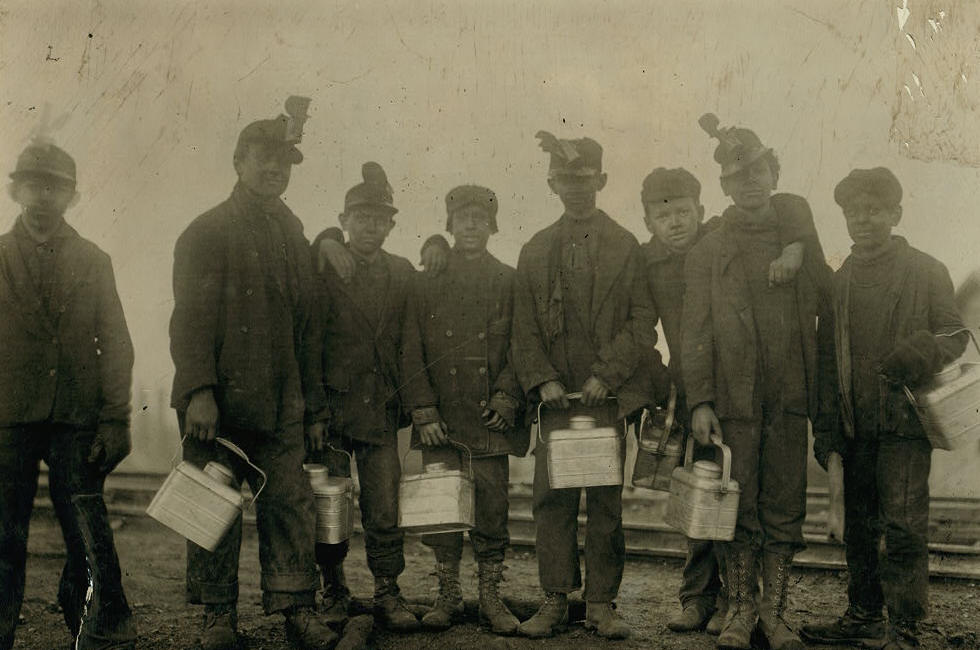
Lewis Hine caption: Inside workers shaft #6, Pennsylvania Coal Co. Location: South Pittston, Pennsylvania, January 1911.
******************************
The two tragic mine disasters noted in the articles below occurred in Arthur’s hometown of Pittston, one just nine months before he was born, the other less than four weeks after Lewis Hine took Arthur’s picture.
Arthur Havard was born on March 15, 1897, in Pittston. He was the third of seven children born to Thomas and Laura (Huthmaker) Havard, who were married in 1892. Thomas had several jobs at a coal mine when Arthur was growing up. His parents owned their home, according to the 1910 census. Arthur married Stella Kramer in about 1926. They had two children, Kenneth and Shirley. Arthur worked a long time as a mining engineer, and later as a mine inspector. He passed away in Pittston on March 12, 1952, at the age of 54. Stella died in 1976.
Edited interview with Shirley Sassaman, daughter of Arthur Havard; and Karen Sassaman, granddaughter of Arthur Havard. Interview conducted by Joe Manning (JM) on February 25, 2011.
JM: How long have you known about the photograph of your father?
Shirley: For a few years. I saw it in the local newspaper. They didn’t say who it was, but I knew it was my dad right away. He said he started working in the mines when he was in the eighth grade. He used to tell us about it and how they took the mules into the mines.
Karen: He was so young when he was working there.
Shirley: The eighth grade was as far as he got in school.
JM: When were you born?
Shirley: 1930.
JM: Where were your parents living at that time?
Shirley: On Mill Street, in Carbondale. We also lived in several other places in Carbondale.
Karen: They once lived on Maple Avenue.
JM: Was your father working in a coal mine then?
Shirley: Yes, at one of the mines in Carbondale. In 1937, he became a coal mine inspector for the Pennsylvania Compensation Rating Bureau. We moved to West Pittston when I graduated from high school. I remember going in the car with my dad when he did some of his inspections. I would wait in the car while he went into the mines. One time, I asked him how he got into the mines, and he said, ‘On my stomach.’
JM: How many children did your parents have?
Shirley: Me and my brother, Kenneth.
JM: Where was your father living when he passed away?
Shirley: On Montgomery Avenue, West Pittston. He died from coronary thrombosis. He was walking over to see his aunt, and he fell in the road. He was only 54. He was one of six boys, and most of them had heart problems. My brother Kenneth also had a bad heart attack, and he was also 54 when he died.
JM: What was your father like?
Shirley: He was so outgoing. He knew everybody. He was real active in the Masons. He was a special person. He knew so many people who were with the coal companies. He was one of the only ones to have a car at the time. He would go down to Hazleton and bring my mother’s family to the house, and then take them back. He was so important to my whole family. My cousins on my mother’s side were always crazy about him.
JM: Did you spend a lot of time with him when you were growing up?
Shirley: Oh, yes. He was a great one for taking us swimming. One of his friends, John Hines, was the owner of the Racket Brook Coal Company. He built a cottage on Newton Lake, and my dad would take me and a carload of my friends out there. On the way home, we would stop to see Mr. Hines. After Mr. Hines died, my father bought the cottage.
JM: Shirley, when did your mother die?
Shirley: 1976.
JM: Did she continue to live in West Pittston?
Shirley: Yes.
Karen: Until the flood of 1972 (Hurricane Agnes). It was awful. They had water up to the second floor.
Shirley: She moved in with me.
JM: Karen, when were you born?
Karen: 1964.
JM: You were born after your grandfather died. Did you hear a lot about him when you were growing up?
Karen: Yes. My mother and my uncle had the cottage, so we spent a lot of our summers there. We would hear lots of stories about my grandfather taking all the kids there. My mother is still friendly with her childhood friends, and they speak very highly of my grandfather, how kind he was and how he would do anything for anyone. He was born and raised in Pittston, and when he was living in Carbondale, he would have to come down to see the family. He always used to say, ‘The sun always shines in Pittston.’

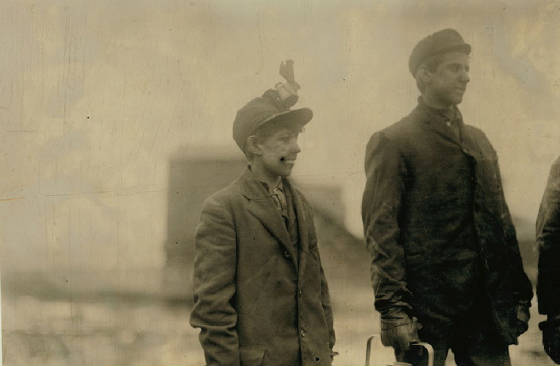
Lewis Hine caption: Arthur Havard, a young driver, Shaft #6, Pennsylvania Coal Company. Location: South Pittston, Pennsylvania, January 1911.
Edited interview with William Havard (WH), grandson of Arthur Havard. Interview conducted by Joe Manning (JM) on February 9, 2011.
JM: When were you born?
WH: 1948. My father was his son, Kenneth. He passed away in 1982. My mother, Lois, passed away in April of 2009. The only first-hand memory I have of my grandfather is of him carrying me down the stairs right after he bought his parents’ home in West Pittston. He died that year. I was only four years old then. His wife, my grandmother, who was born Stella Kramer, was extremely important to me, as close to me as my mother. She talked about my grandfather all the time.
My dad worked for Pennsylvania Power and Light Company. He did a variety of things, including working in the control room. Aunt Shirley, my grandfather’s daughter, attended secretarial school at Wyoming Seminary, which is a private day school in Wyoming, Pennsylvania. For a few years, she was a secretary for an attorney, who was a good friend of my grandfather. I was born in Carbondale, and then moved to West Pittston. I live in Virginia now. I attended graduate school at the College of William & Mary. I was the first person in my family to go to college.
JM: You told me you had seen the photographs before.
WH: Yes, about 20 years ago. My Aunt Shirley has them.
JM: Did you know that your grandfather worked in a coal mine when he was a boy?
WH: Yes, and I feel badly that he had to do that. Of course, I grew up in the anthracite coal region, just like he did, so I know it was a hard life in those days, though it’s certainly not easy now.
JM: What did your family tell you about your grandfather?
WH: That he was extraordinarily gregarious, outgoing, friendly, generous and kindhearted. He became a state mine inspector. He was also a surveyor. I’ve had great admiration for him my whole life. Looking at the Lewis Hine photographs and learning what they meant has caused me to have an even higher regard for him. Just to be reminded of where he came from, and that from his humble beginnings, he became solidly middle class and well thought of in the area.

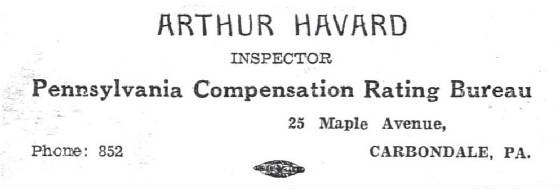
*Story published in 2011.
